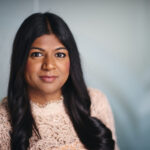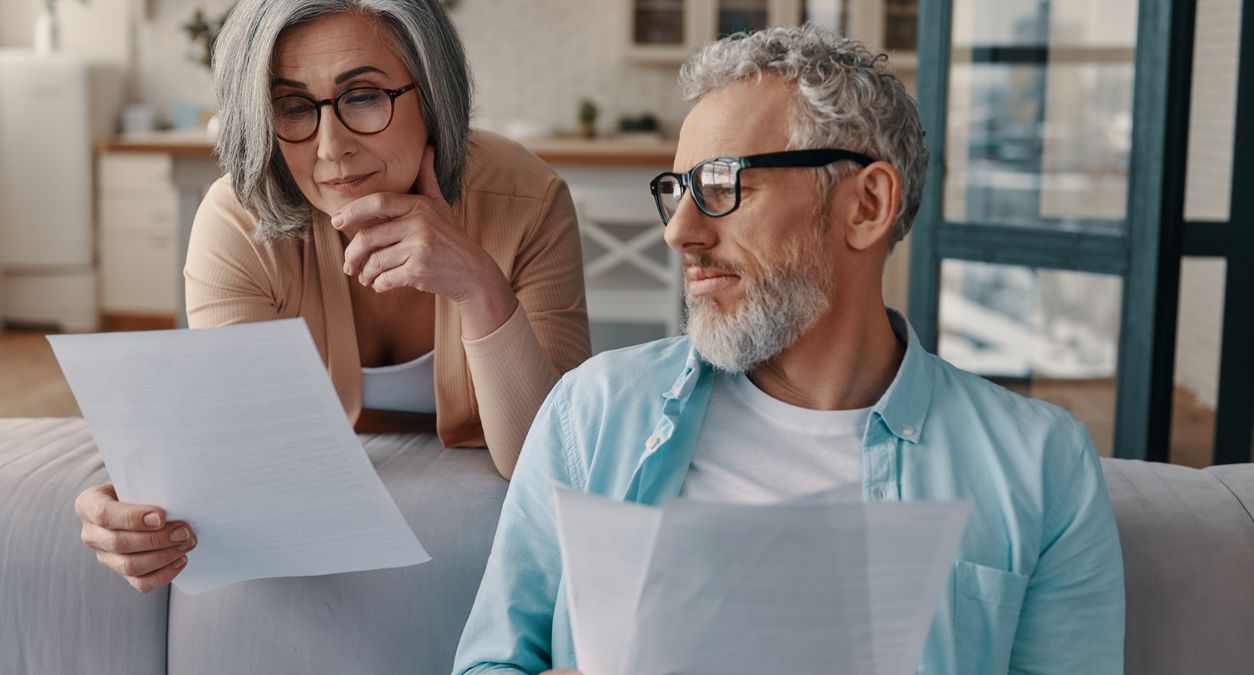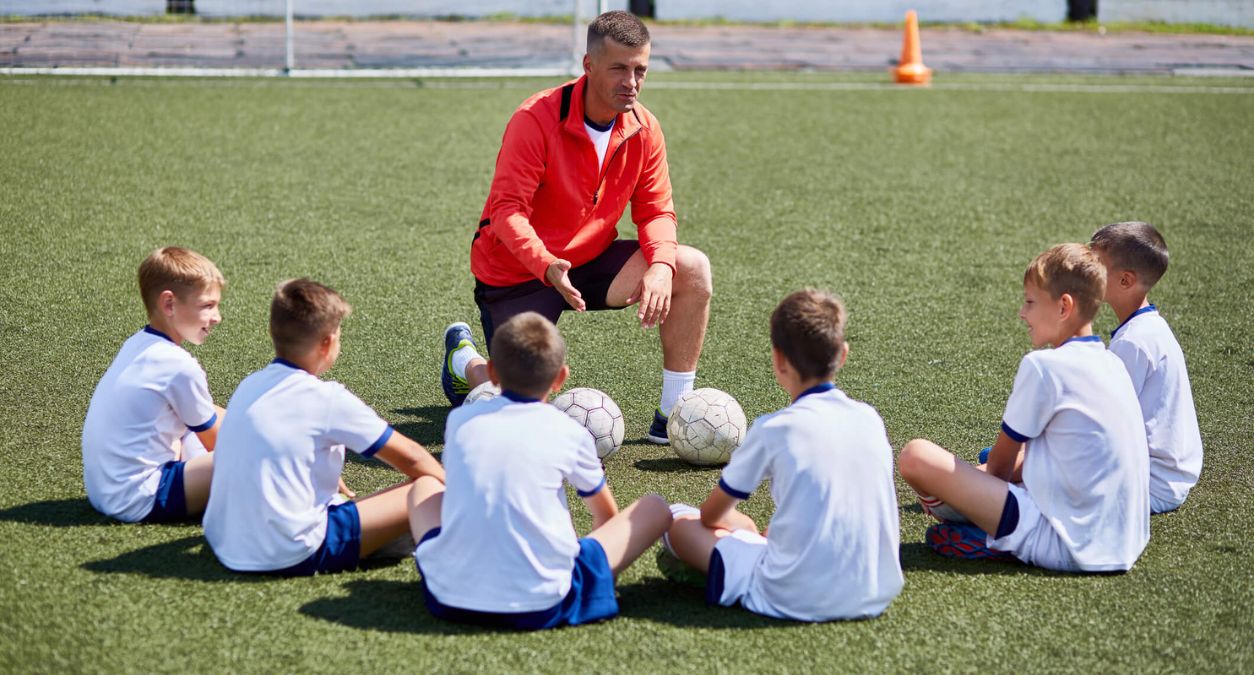Do you love dogs? If so, turning that passion into a dog walking business can be both fulfilling and financially rewarding. As pet ownership continues to soar and people’s schedules become increasingly packed, demand for professional pet services is higher than ever.
But no matter how passionate or experienced you are, building a successful dog walking business still depends on how effectively you market yourself. Here’s an up-to-date guide with actionable tips to help your dog walking business thrive.
Build a professional website
In 2025, your website is still your digital shopfront. A modern, mobile-friendly, and informative site is non-negotiable. It should:
- Clearly outline your services and pricing
- Include customer reviews and testimonials
- Feature an easy-to-use contact or booking form
- Display your credentials, insurance, and qualifications
- Offer FAQs and a blog (more on this below)
Pro tip: Use SEO (Search Engine Optimisation) to make sure your website ranks well when people in your area search for dog walking services.
Embrace business management software
Digital tools have revolutionised small business operations. Invest in pet care software that helps streamline bookings, invoicing, communications, and client records.
Some popular choices in 2025 include:
- Time To Pet – great for automated scheduling, real-time GPS tracking, and client communication.
- Scout – known for user-friendly mobile features and secure payments.
- Precise Petcare – offers a professional client portal and detailed pet profiles.
These platforms don’t just improve operations—they enhance the client experience, which is key to retention and referrals.
Boost your presence on social media
Social media remains a powerful and low-cost way to market your dog walking business—especially platforms like Instagram, Facebook, and TikTok, where dog content thrives.
Here’s how to stand out:
- Post daily walks (with owner permission) and introduce your dog clients.
- Share tips for pet care, training, and local dog-friendly activities.
- Use trending hashtags like #DogsofTikTok or #DogWalkerUK to increase reach.
- Highlight your qualifications and insurance in your bio or pinned posts.
- Use Instagram Reels or TikTok for fun and engaging short-form videos.
Building trust and familiarity online helps potential clients feel comfortable inviting you into their lives—and homes.
Start a blog that answers real questions
A regularly updated blog not only boosts your SEO but builds your authority as a knowledgeable pet care provider. Don’t just write about your services—write what pet owners care about.
Some blog topic ideas:
- “How Often Should I Walk My Dog?”
- “What to Look for in a Dog Walker”
- “Tips for Introducing a Dog to a New Walker”
- “Best Dog Parks in [Your City]”
- “How to Prepare Your Dog for Hot Weather Walks”
Also, use your blog to showcase success stories and post glowing customer reviews—with permission, of course.
Don’t overlook printed promotional materials
While digital marketing is dominant, local print marketing is far from dead. In fact, it can be very effective for businesses rooted in the community.
Distribute flyers or postcards in:
- Vets, groomers, and pet stores
- Local cafés, gyms, and supermarkets
- Community noticeboards or dog-friendly pubs
Add a QR code linking to your website or booking page. And consider fun branded giveaways—collapsible water bowls, treats, or poop bag dispensers—to stay top-of-mind.
Get listed and get reviewed
Online directories and local search tools are often the first stop for busy pet owners.
Make sure your business is listed on:
- Google Business Profile
- Yell
- Bark
- Nextdoor
- Facebook Business Pages
- Pet-specific directories like Rover or Tailster
Encourage happy clients to leave reviews. Positive ratings, especially on Google, are often the deciding factor for new customers.
Create local partnerships
In a tight-knit local economy, partnerships can drive growth and visibility. Consider teaming up with:
- Pet supply shops (leave flyers or offer discounts)
- Dog groomers and trainers
- Local vets and pet clinics
- Pet-friendly cafés and hotels
- Shelters and rescue centres (volunteer to boost credibility)
You can also sponsor or participate in local dog events, charity walks, or pet fairs. Face-to-face interactions build real trust and lead to long-term clients.
Market smarter, not harder
Starting a dog walking business doesn’t require a huge upfront investment—but smart marketing can make the difference between surviving and thriving.
To recap:
- Protect yourself and build trust with professional insurance.
- Create a website and social profiles that look polished and professional.
- Use tools to streamline operations and improve client communication.
- Create valuable, engaging content that answers real customer questions.
- Get visible locally—both online and offline—and don’t be shy about asking for reviews.
With the right approach, you can grow your dog walking business into a thriving, well-respected service in your local community—and enjoy every step of the journey with your four-legged clients.
Prioritise safety, credibility and trust
Before jumping into marketing, it’s essential to understand that dog owners are placing their beloved pets—and often their house keys—into your hands. That trust comes with responsibility.
Covering Your Risks: Accidents can happen. Whether a dog in your care gets lost or injured, damages property, or causes harm to others, these events can have serious consequences.
Our specialist Dog Walking Insurance can protect you from financial loss due to public liability, key loss, and pet-related incidents. Being insured also reassures clients that you’re a responsible professional.
*Disclaimer – This blog has been created as general information and should not be taken as advice. Make sure you have the correct level of insurance for your requirements and always review policy documentation. Information is factually accurate at the time of publishing but may have become out of date.
















